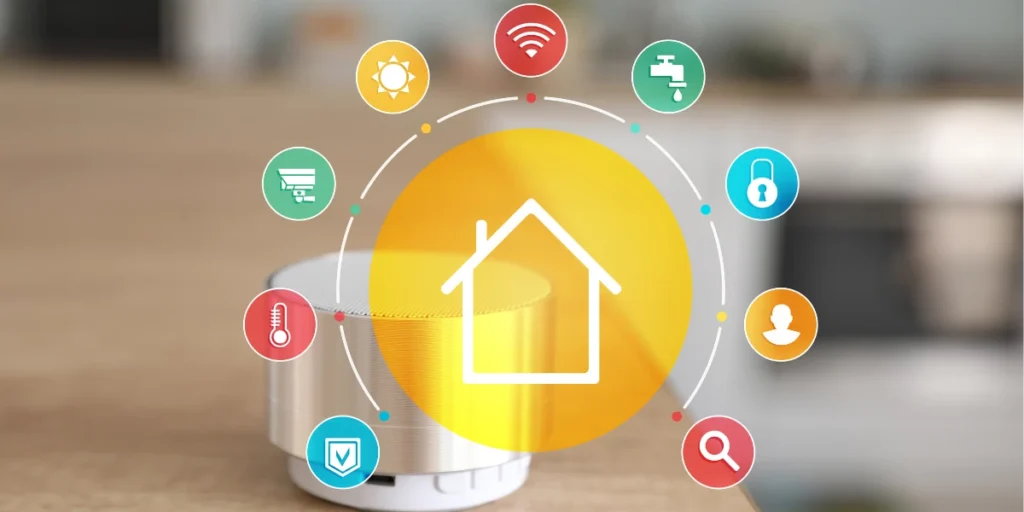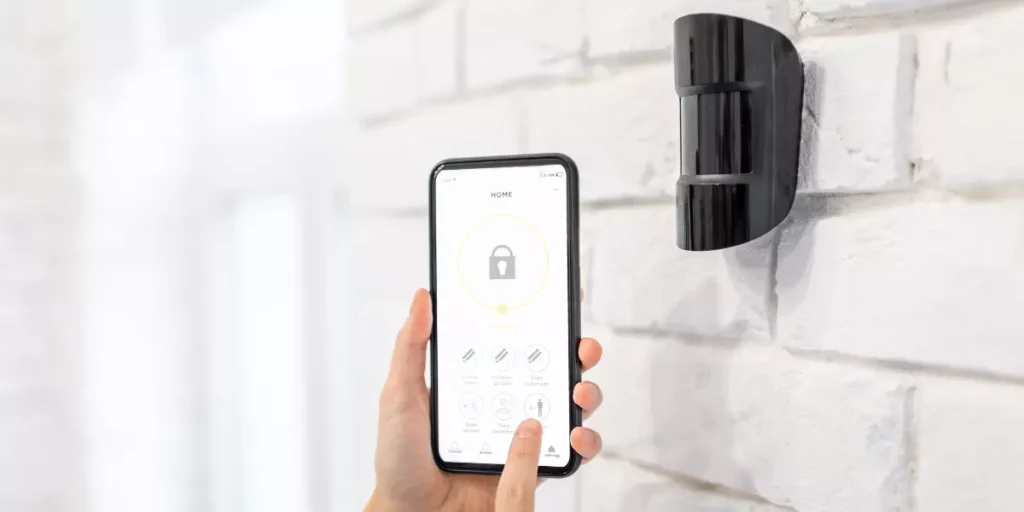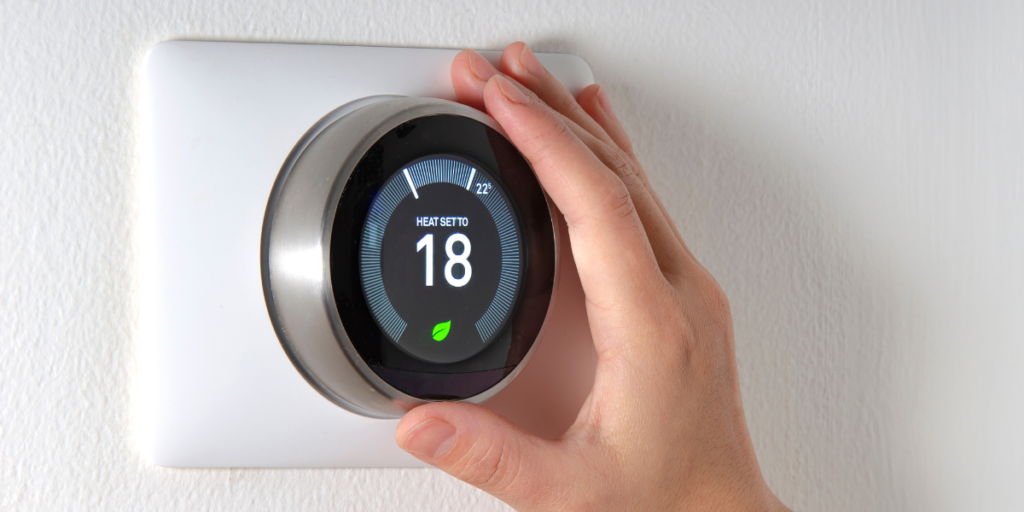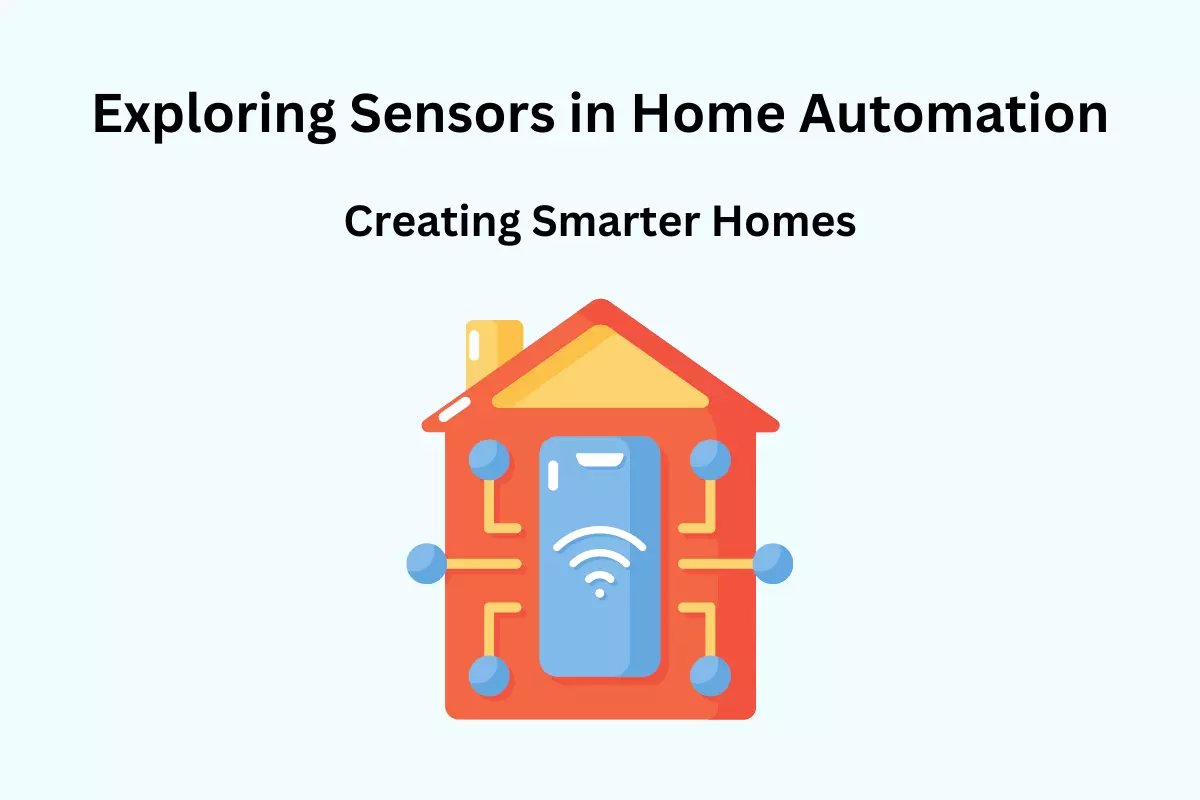Home automation has revolutionized the way we interact with our living spaces. With advancements in technology, we now have the ability to control various aspects of our homes with just a few taps on our smartphones. One of the key components that enable this seamless automation is sensors. Sensors play a crucial role in gathering data and providing real-time information to make our homes smarter and more efficient. In this article, we will explore the world of sensors in home automation and how they contribute to creating smarter homes.

What Are Sensors in Home Automation?
Sensors in home automation are devices that detect changes in the environment and convert them into electrical signals. These signals are then processed by a central control system to trigger specific actions or provide valuable information. Sensors act as the eyes and ears of a smart home, enabling it to perceive and respond to its surroundings. From monitoring temperature and humidity to detecting motion and presence, sensors are the backbone of a connected home ecosystem.
How Do Sensors Work in Home Automation?
Sensors in home automation utilize various technologies and principles to detect and measure different parameters. Let’s take a closer look at some common types of sensors and how they work:
1. Motion Sensors
Motion sensors are designed to detect movement within a specific range. They use different technologies such as infrared, ultrasonic, or microwave to sense changes in the surrounding environment. When motion is detected, these sensors send a signal to the control system, which can then activate lights, alarms, or other connected devices.

2. Temperature Sensors
Temperature sensors, as the name suggests, measure the ambient temperature of a room or space. They can be used to adjust heating or cooling systems automatically, ensuring optimal comfort while minimizing energy consumption. Common types of temperature sensors include thermocouples, resistance temperature detectors (RTDs), and thermistors.

3. Light Sensors
Light sensors, also known as photoresistors or photocells, detect the intensity of light in a given area. They can automatically adjust lighting levels based on natural light availability, contributing to energy efficiency and creating a more comfortable environment. Light sensors are commonly used in outdoor lighting systems, automatic blinds, and smart windows.
4. Humidity Sensors
Humidity sensors measure the moisture content in the air. They help maintain ideal humidity levels for various purposes, such as preventing mold growth, ensuring indoor air quality, and protecting sensitive equipment. Capacitive, resistive, and thermal conductivity sensors are commonly used for humidity measurement.
5. Door and Window Sensors
Door and window sensors are magnetic sensors used to detect the opening and closing of doors and windows. They are essential for home security systems, alerting homeowners when unauthorized entry is detected. These sensors are typically composed of two parts—a magnet and a switch—that separate when a door or window is opened, triggering an alarm or notification.
Advantages of Using Sensors in Home Automation
Using sensors in home automation offers numerous advantages, making our homes smarter, more efficient, and secure. Here are some key benefits:
- Energy Efficiency: Sensors enable automated control of lighting, heating, and cooling systems, optimizing energy usage and reducing waste.
- Convenience: With sensor-based automation, you can control various aspects of your home using voice commands or smartphone apps, adding convenience to your daily life.
- Improved Security: Motion sensors, door/window sensors, and surveillance cameras enhance home security by detecting and deterring intrusions.
- Enhanced Comfort: Sensors can adjust lighting, temperature, and other environmental factors automatically, ensuring a comfortable living environment.
- Cost Savings: By optimizing energy usage and reducing unnecessary consumption, sensors contribute to cost savings on utility bills.
- Remote Monitoring: Many sensors allow remote monitoring of home conditions, giving homeowners peace of mind when they are away.
FAQ’s for Sensors in Home Automation
How do sensors contribute to energy efficiency in home automation?
Sensors play a crucial role in optimizing energy usage in home automation. By monitoring factors like occupancy and natural light levels, sensors can automatically turn TV off, adjust heating, cooling, and lighting systems, resulting in significant energy savings without compromising comfort.
What security benefits do sensors offer in home automation?
Sensors enhance security in home automation by detecting unauthorized movements and potential intrusions. They can trigger alarms, send notifications to homeowners, and integrate with comprehensive security systems to provide a heightened level of protection and peace of mind.
How do sensors improve convenience in home automation?
Sensors automate various tasks in a smart home, offering convenience and efficiency. For example, motion sensors can turn on lights as you enter a room, while smart door/window sensors can automatically lock or unlock doors based on proximity.
Are sensors customizable to individual needs in home automation?
Yes, sensors in home automation can be customized to cater to individual preferences and needs. Homeowners can adjust sensor settings, such as sensitivity levels and automation triggers, to align with their specific requirements and lifestyle.
Can sensors be integrated with voice-controlled assistants in home automation?
Absolutely. Sensors can be seamlessly integrated with voice-controlled assistants like Amazon Alexa or Google Assistant. This allows homeowners to control various smart devices using voice commands, enhancing the overall user experience and convenience.
Are sensors easy to install and maintain in home automation?
Yes, sensors are generally easy to install and maintain in home automation. Many sensors are wireless and battery-powered, requiring minimal setup and maintenance. However, it’s important to follow manufacturer instructions and regularly check battery levels for optimal performance.
How do sensors contribute to the overall value of a home in home automation?
Incorporating sensors in home automation can significantly enhance the value of a property. The convenience, energy efficiency, security, and automation capabilities offered by sensor-based smart home systems can be attractive selling points for potential buyers.
Conclusion on Sensors in Home Automation
Sensors in home automation form the backbone that transforms homes into smarter, safer, and more efficient living spaces.
With a wide range of sensors available, including motion sensors, temperature sensors, light sensors, and occupancy sensors, these intelligent devices enable the creation of interconnected and responsive environments.
By harnessing the capabilities of sensors, homeowners can save energy, ensure security, effective environmental monitoring, and added convenience.
As technology progresses, sensors will undoubtedly advance, paving the way for exciting possibilities in the future of smart homes.
Click Here to know more about IoT Solutions.
Author: Shripad Kulkarni (Shripad has around 18 years of IT experience and is currently an ERP Service Line Specialist for Health Sciences and is an IoT enthusiast)


